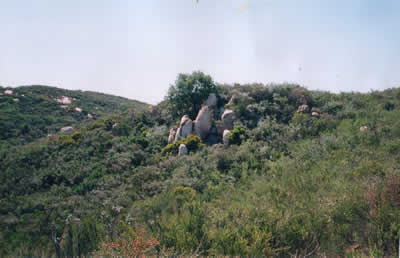Typically, when cities seek to expand their boundaries by annexing land, it is for development purposes, and usually succeeds. But when Temecula requested an annexation to preserve open space, its request was denied.

Annexations are decided by obscure but powerful bodies called Local Agency Formation Commissions (LAFCOs). State law specifically allows annexations for purposes of open space. In April of this year, the City of Temecula requested a 5,000-acre annexation to protect a “greenbelt” of rural and natural land at the City’s southeast gateway. The jewel of the greenbelt, the Santa Margarita Ecological Reserve, owned by San Diego State University, is under threat from a proposed mile-long construction aggregate mine, which would lie immediately adjacent to the reserve and severely impact its scientific mission. Under Temecula’s land use regulations, mining would not be allowed.
At a public hearing attended by hundreds of annexation supporters, EHL testified that, irrespective of the annexation, the mine was prohibited by the Western Riverside County Multiple Species Habitat Conservation Plan (MSHCP) because it blocks the wildlife corridor between the Santa Ana and Palomar Mountains. We further pointed out that alternative mining locations are available. However, the Commission was swayed by the mining company’s false argument that economic progress depended upon the mine’s approval.
EHL will continue to assist local groups in fighting the project when it comes before the Riverside County Board of Supervisors.


